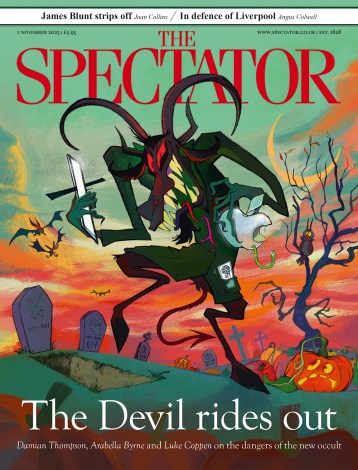We are told we live in a ‘post-truth’ world. This appears to mean that everyone believes everything they are told as long as enough people say it on enough different media. The Romans called it fama (‘fame’). This term covered news, slander, rumour, public opinion, reputation, notoriety, glory.
When Virgil’s epic hero Aeneas, destined to found Rome, had unwisely started an affair with Dido, the queen of Carthage, fama got to work, and Virgil described what a personified version looked like: a ‘huge, shuddersome monster’, swiftest of all evils, which might start small but gathered strength as it went. Under each feather there was an unsleeping eye, a tongue that was never silent (cf. Henry V ‘Rumour, painted full of tongues’) and an ear ever pricked. She flew by day and night, keeping watch from gables and towers over cities; striking dread into the inhabitants; delighting in lies and distortions as much as truth; fact and fiction mixed in equal parts, squawking as she went. We might say twittering. This is sharply observed: the small beginnings, the gathering speed of dissemination, the unsleeping receptivity to every sight and sound, the indifference to truth.
The poet Ovid, meanwhile, imagined fama as a sort of post-truth clearing-centre in a place ‘from which the whole world is in view’. It is a structure of echoing brass, giving back the sounds it hears, its thousands of entrances always open, never silent, but no din, only murmured whisperings, as hordes of people come and go, each story growing as men add to it. Here it is what people hear and repeat that counts.
Fama derived from a verb meaning ‘say’. Since it was merely words, there was nothing secure about it (‘as usual with fama, every statement is amplified and credited’, said the historian Tacitus); and since humans were naturally jealous and malicious, it was more likely to be negative than positive (of fama, ‘more credence is given when hate is alleged’, Tacitus). No wonder Ovid said ‘Gullibility lives there, reckless Misunderstanding, illusory Ecstasy, mad Panic, civil Disorder and untrustworthy Whispers’.
That’s post-truth for you.





Comments